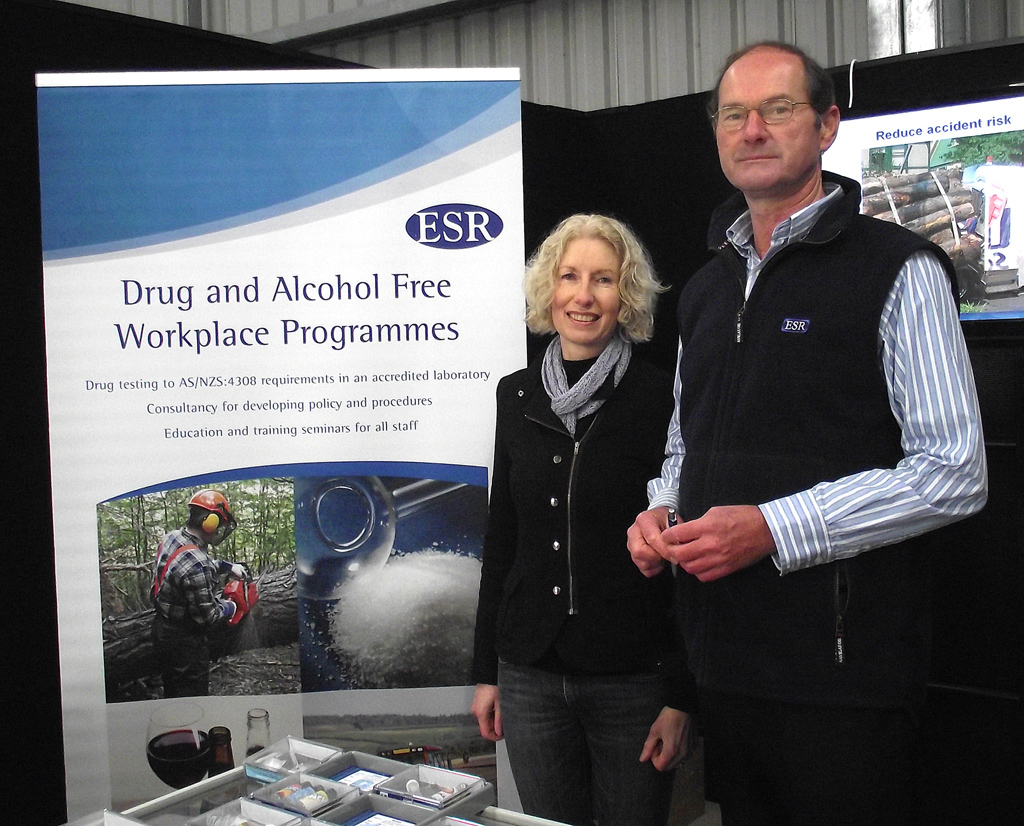Farmers show interest in drug testing
Farmers are showing more interest in drug testing as a result of employment changes.
Farmers are showing more interest in drug testing as a result of employment changes.
Drug testing is traditionally popular in safety sensitive industries such as transport, forestry, shipping and mining.
Harold Brown of the Institute of Environmental Science and Research (ESR) says farm amalgamations have led to increased interest in drug testing in the agriculture industry.

“With farm amalgamations and companies running dairy farms they’re employing a lot of staff. They’re required under the Health and Safety Act to provide a safe work place.”
ESR is at Fieldays to inform people about drug testing.
Brown believes roughly 10 percent of employees test positive for drug use.
Five drug groups are tested for: cannabis, opiates, amphetamines, benzodiazepines and cocaine. Cannabis is the drug most commonly detected.
ESR recommends their clients use breathalyzers for alcohol testing.
At this year’s Fieldays, a lot of interest has come from couples who own farms with a few staff.
People can be tested before employment or after an incident, depending on company policy.
Random test are another way to monitor drug use.
“The strength behind random testing is that it’s an ongoing deterrent,” says Brown.
Urine testing is currently the cheapest and most commonly used method.
ESR is promoting two new methods – saliva and hair testing.
Saliva tests show whether a person is impaired at the time of testing. Hair testing can show a person’s history of drug use.




